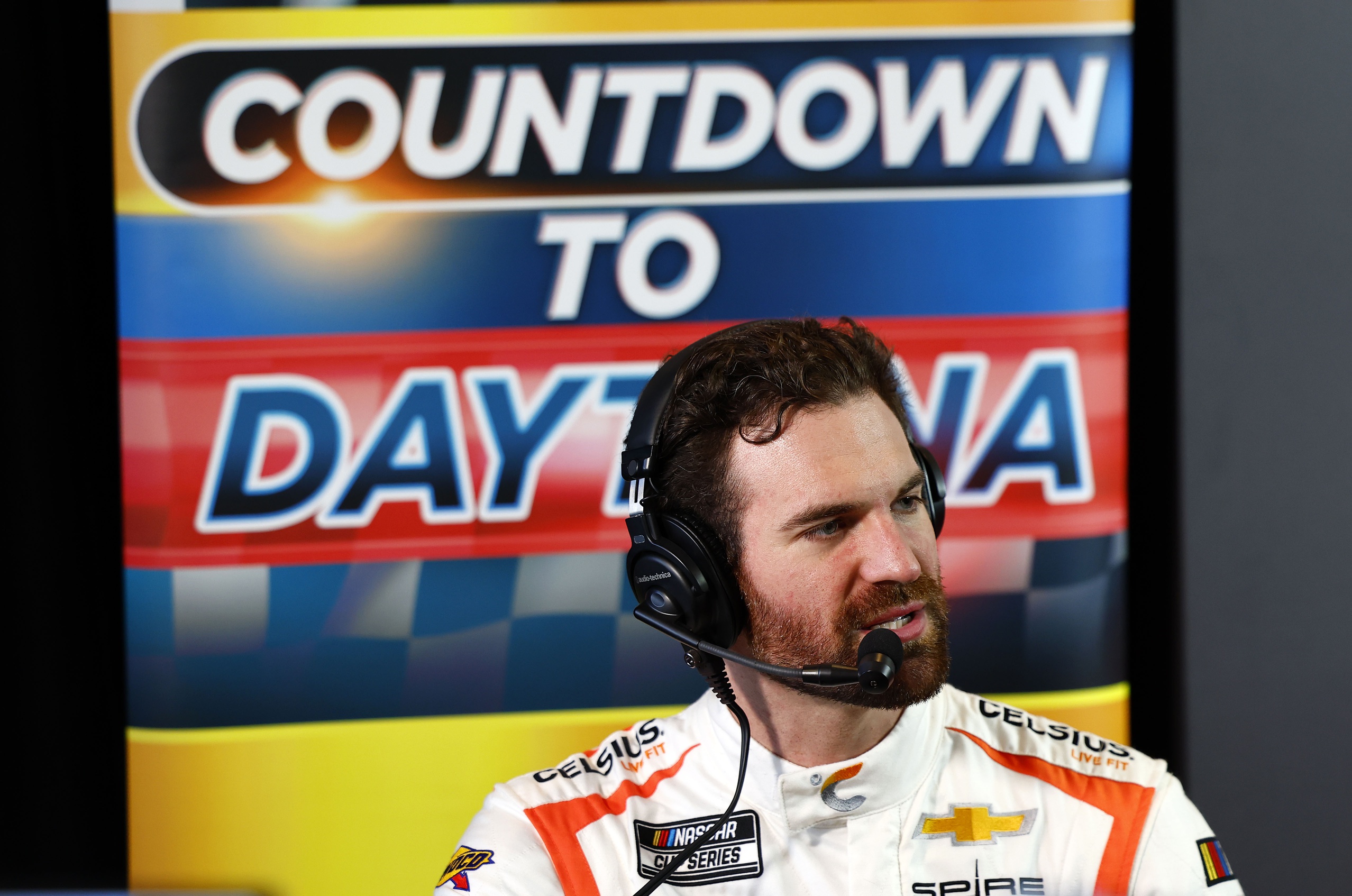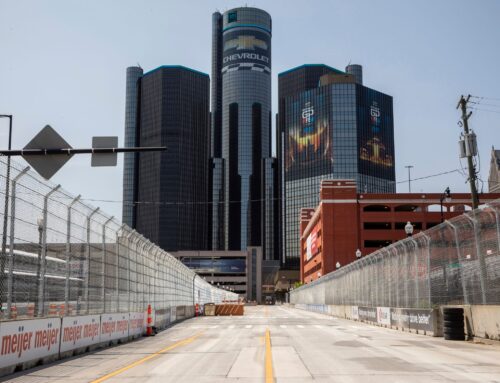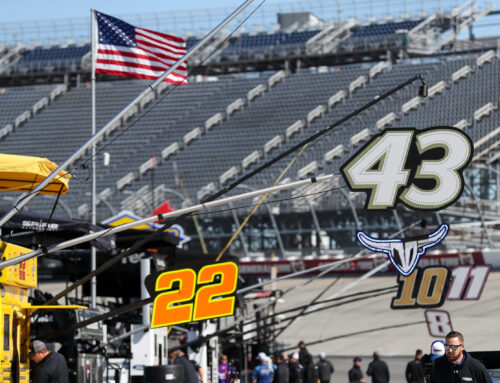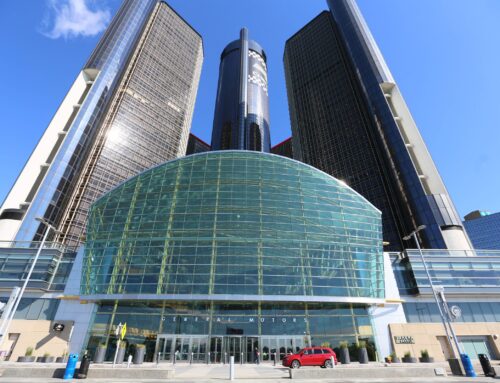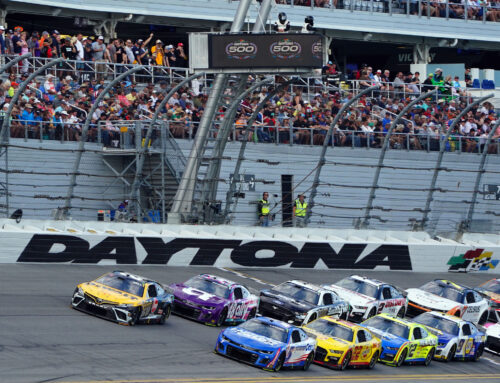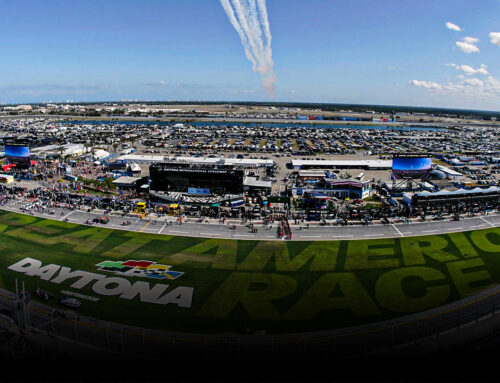DAYTONA BEACH, Fla. (AP) — NASCAR’s next 75 years almost certainly will include at least a partially electric vehicle turning laps at Daytona International Speedway.
It’s unfathomable to some, unconscionable to others.
It’s unlikely the sanctioning body would make the transition without at least trying to keep the heart-pounding sound of a throaty engine and the permeating smell of exhaust fumes – as much garage staples as sponsorship logos and haulers.
EVs might hit NASCAR.
“Do I see us racing EVs down the road? Probably,” former NASCAR crew chief and longtime Fox Sports commentator Larry McReynolds said. “But I’m going to be very honest and very candid. I hope it’s after I’ve left the sport. I like what we’ve got.”
Even though the Next Gen car is entering its second NASCAR season – a nd already has been tweaked in hopes of preventing more head injuries like the one that sidelined 2004 champion Kurt Busch indefinitely – the evolution of the car has been an integral part of the sport since its debut in 1948.
The car has gone from “Strictly Stock” in its inaugural season to high-tech platforms distinguished solely by manufacturer stickers in the 1980s to something in between these days. What’s next will be debated, but most believe a new engine will be introduced sooner rather than later.
“The electrification of the cars has to be on the horizon. Whether it’s 50 miles on the horizon or 300 miles on the horizon, I don’t think any of any of us know right now for sure,” NASCAR historian Ken Martin said. “But I know there’s talk about a hybrid component.”
Getting there could be trickier to navigate than any road course on the 2023 schedule.
“We might see the day that we might go to a hybrid and use the electrical power for pace laps or pit stops,” Martin said. “That would be a way to ease into it. We know that a huge component of our sport is the sound. It grabs you, and that’s part of what our fans come to hear, come to see, the sights and smells and sounds.
“I think we’ll be very, very careful about eliminating that sound. But we realize that if Detroit says, ‘Hey, we’re not making any fuel-related engines,’ we’d have to take a look at what would need to be done.”
Even though EVs are becoming more common in driveways across the country, the elimination of gas engines is years, maybe decades, away. Maybe even longer for NASCAR, which has built an empire on squeezing every bit of horsepower from gas-powered cars since it started racing on the Daytona Beach sand.
Here’s a look at that progression as NASCAR celebrates its 75th anniversary:
NASCAR GENERATION 1 (1948-66)
The first cars debuted in 1948 and were nearly identically to those on the street. There were three rules: The back seat had to be removed, headlights had to be taped over and doors had to be secured.
Hall of Famer Hershel McGriff, for example, drove his race car from Portland, Oregon, to Darlington, South Carolina, for the 1950 Southern 500, finished ninth and then drove it back across the country.
“That’s how stock the cars were back then,” Martin said.
GENERATION 2 (1967-80)
As bigger and higher-banked tracks like Daytona started popping up throughout the South, NASCAR began allowing teams to build cars that could handle speedway rigors. Teams were allowed to beef up hubs, gears and suspensions while bodies remained stock. The cars also no longer featured doors.
Those adjustments led to some of the most memorable winged cars in NASCAR history: the Dodge Charger Daytona and the Plymouth Superbird.
GENERATION 3 (1981-90)
Custom-built race cars no longer resembled their showroom counterparts. The cars became smaller – 110-inch wheelbases — faster and more aerodynamically sound. They also received support from manufacturers Chrysler, Ford and General Motors, which provided body panels and other parts.
GENERATION 4 (1991-2006)
Fiberglass replaced steel bodies to reduce weight, and wind-tunnel time became commonplace to gain aerodynamic advantages. These cars are widely considered the most iconic in NASCAR history.
Three GM brands — Buick in 1992, Oldsmobile in 1994 and Pontiac in 2004 — left the series. Dodge, however, returned in 2001.
The generation was marred by the on-track deaths of Dale Earnhardt, Kenny Irwin and Adam Petty.
GENERATION 5 (2007-12)
Toyota made its debut in 2007 along with the Car of Tomorrow, which was years in the making following Earnhardt’s fatal crash at Daytona. The car was specifically designed to improve safety, with changes that included taller, wider and identical bodies, larger crumple zones and impact-absorbing foam built into both sides.
The most noticeable modifications were a front splitter and a rear wing that evoked so much fan vitriol it was replaced by a spoiler midway through 2010.
“It really got away from what we were doing on the highway,” Martin said.
The COT proved to be nearly indestructible on the track, evident by violent crashes involving Kyle Busch, Carl Edwards, Kasey Kahne, Michael McDowell and Ryan Newman.
GENERATION 6 (2013-21)
Dodge walked away from NASCAR after winning the 2012 Cup Series championship with Brad Keselowski, leaving Chevrolet, Ford and Toyota as the only manufacturers.
These cars were designed with manufacturer-specific bodies that better reflected showroom counterparts, and the chassis underneath had very little competitive wiggle room. They were bulkier and faster.
NASCAR NEXT GEN (2022-current)
NASCAR’S current car saw some of the biggest innovations in series history. The sanctioning body moved to an independent rear suspension, rack-and-pinion steering, a five-speed sequential shifter, a transaxle, 19-inch wheels and a center hub instead of lug nuts.
“We did it all for the sake of being more relative to what the fan drives as a passenger car,” McReynolds said.
Following concussions to Busch and Alex Bowman, NASCAR adjusted the car in hopes of reducing the amount of force delivered to drivers amid rear-impact crashes.
“It’s automobile racing, and as much we’ll always strive to be as safe as we can, we will never, ever make it completely risk free,” McReynolds said. “I don’t mean to sound morbid, but I don’t think it needs to be risk free because that’s one of the attractions.”
The sound of the engines is another. And that could ultimately go the way of doors, splitters and wings.
“We’ll probably see more of a hybrid-type engine,” McReynolds said. “I think that’s a few years down the road. You can’t keep putting huge expenses on these owners or you’re going to run them out of business. If you change the engine package like we just went through the car package, it’s basically throwing everything out the window and starting from scratch again. No one is ready for that.”
___
By MARK LONG AP Sports Writer
AP auto racing: https://apnews.com/hub/auto-racing and https://twitter.com/AP_Sports
Photo: © Mike Dinovo-USA TODAY Sports

